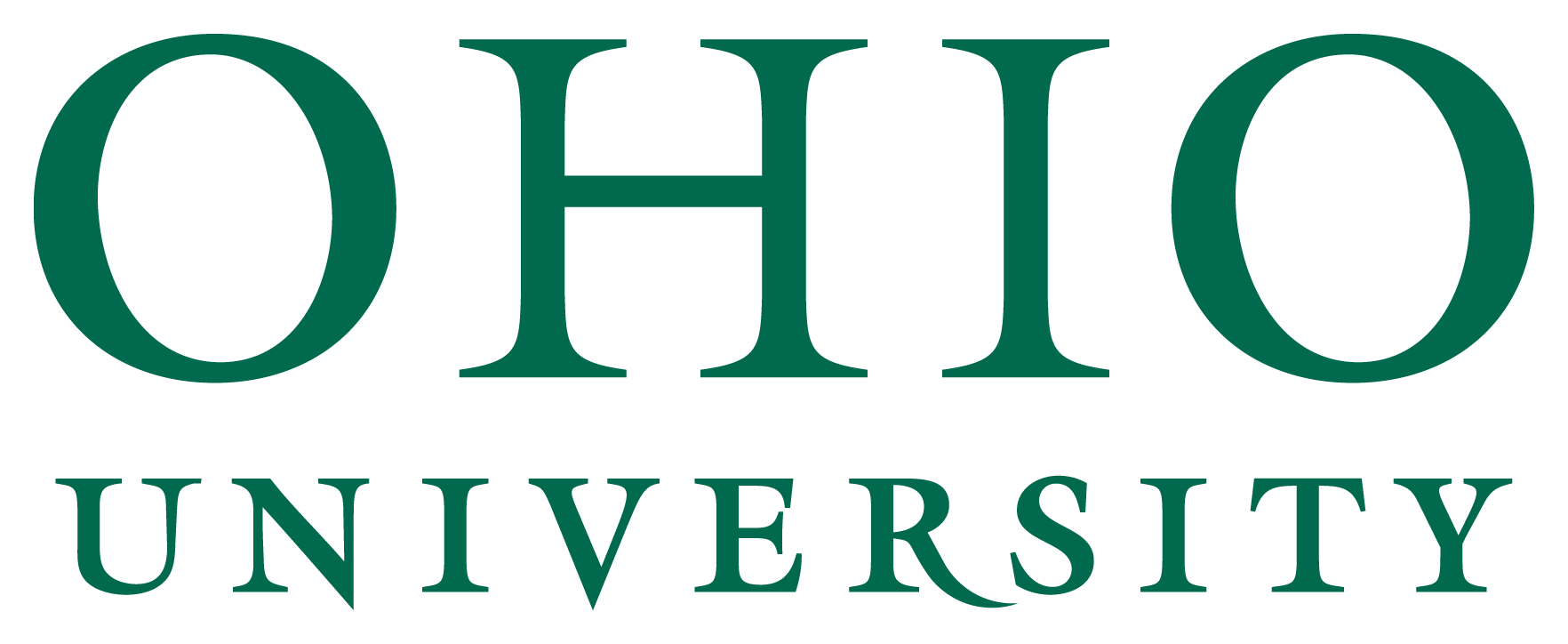Abstract
The tongue plays a crucial role in feeding by positioning, manipulating, and transporting the bolus during chewing and swallowing. As a muscular hydrostat, its biomechanical function relies on regional deformations and coordinated movements with the jaw. Sensory feedback from oral afferents, particularly via the trigeminal nerve, is critical for modulating these movements and deformations. This study investigates how food texture and oral sensory perturbations influence tongue kinematics in an omnivorous carnivoran, the skunk (Mephitis mephitis). Using X-ray Reconstruction of Moving Morphology (XROMM) and controlled nerve blocks to the tongue and teeth, we analyzed tongue protraction-retraction, regional lengthening-shortening, and their timing relative to the gape cycle across three foods-banana, carrot, and kibble. Results indicate that food properties significantly impact tongue movements, with soft foods like banana eliciting greater anteroposterior motion and posterior tongue deformation. Despite these kinematic differences, the timing of tongue movements relative to jaw cycles remains consistent, but there are differences in the timing of regional lengthening and shortening between foods. Bilateral nerve blocks altered tongue kinematics and deformations, particularly regional deformations, but did not disrupt overall coordination with the chewing cycle. These findings suggest that oral afferents refine motor commands, optimizing tongue-bolus interactions while rhythmic jaw-tongue coordination patterns are maintained. This study enhances our understanding of sensorimotor integration in mammalian feeding and provides insights on tongue biomechanics as a muscular hydrostat.
